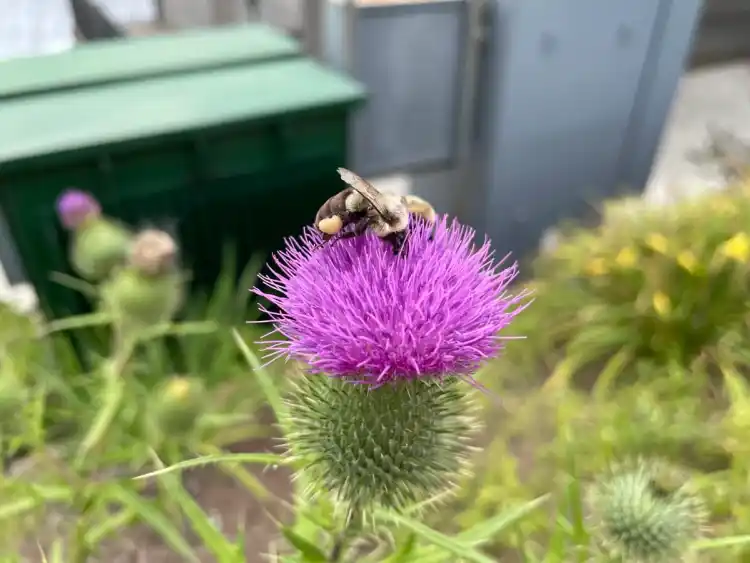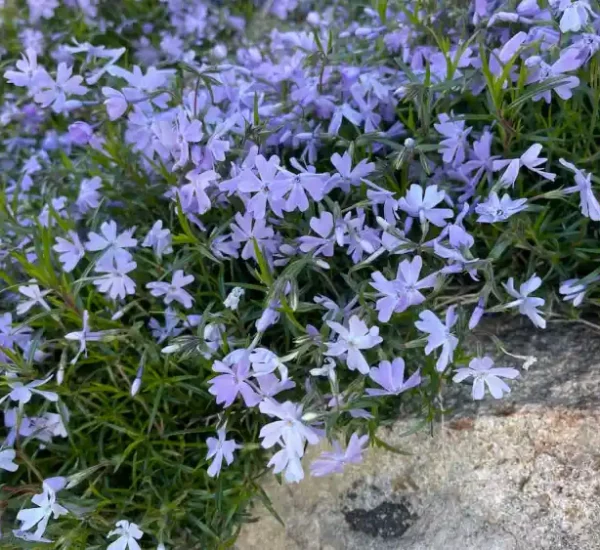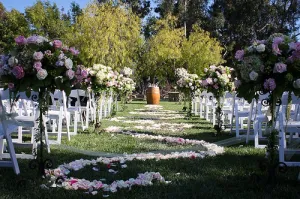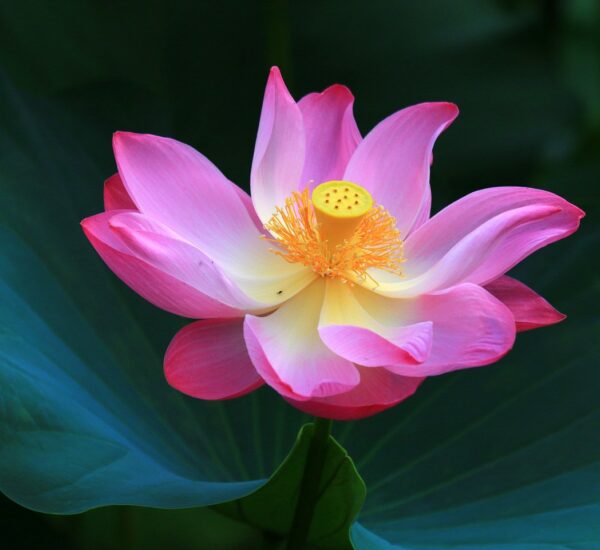Introduction
Pollinators, such as bees, butterflies, and hummingbirds, play a crucial role in maintaining biodiversity and supporting our food supply. In this expert guide, we’ll explore how you can contribute to the well-being of pollinators by creating a pollinator-friendly garden. We’ll reference government and horticultural bodies, as well as academic experts to provide you with the most up-to-date and reliable information.
The Importance of Pollinators
The Role of Pollinators in Ecosystems
Pollinators are essential for the reproduction of many plants, including numerous crops, which makes them a cornerstone of ecosystem health and food production. According to the United States Department of Agriculture (USDA), pollinators contribute to the pollination of more than 75% of global food crops.
Declines in Pollinator Populations
Pollinator populations, particularly bees, have been facing alarming declines. The Environmental Protection Agency (EPA) reports that factors such as habitat loss, pesticide exposure, and climate change have all contributed to these declines.
Creating a Pollinator-Friendly Garden
Plant Selection
Choosing the right plants for your garden is crucial. Native plants are often the best choice, as they have evolved alongside local pollinators. The Xerces Society for Invertebrate Conservation offers a valuable guide on native plant selection.
Providing a Range of Blooms
Pollinators need food throughout the growing season. Ensure your garden has a variety of flowering plants that bloom from early spring to late fall. The Royal Horticultural Society (RHS) provides a detailed list of plants for all seasons.
Designing for Diversity
Create a diverse garden with different colors, shapes, and sizes of flowers to attract various pollinator species. The National Wildlife Federation (NWF) recommends planting in clusters and providing shelter and nesting sites for insects.
Avoiding Pesticides
Minimize or eliminate the use of pesticides in your garden. The Environmental Working Group (EWG) provides an annual list of produce with the highest pesticide residues, helping you make informed choices.
Gardening Practices for Pollinators
Water Sources
Pollinators need water, especially during hot, dry spells. Set up small shallow dishes with water and pebbles to provide safe drinking spots. The Pollinator Partnership offers insights into creating effective water features.
Reduce Lawn Areas
Lawns offer little value to pollinators. Consider reducing the size of your lawn and replacing it with pollinator-friendly plants. The National Gardening Association (NGA) has resources on alternative landscaping ideas.
Maintenance
Regularly maintain your garden to remove invasive species and deadhead spent flowers. The University of California Division of Agriculture and Natural Resources provides tips on garden maintenance for pollinators.
Monitoring and Education
Monitoring Pollinators
Engage in citizen science by monitoring pollinator populations in your garden. Resources like the Xerces Society’s Bumble Bee Watch can help you get started.
Educational Outreach
Share your knowledge with others to create a broader impact. The National Pollinator Garden Network (NPGN) offers resources for educators and advocates.
Conclusion
Your garden can make a real difference in supporting pollinators and contributing to a healthier environment. By following the advice of reputable government agencies, horticultural bodies, and academic experts, you can play a crucial role in the conservation of these vital species.
Why are pollinators important for our environment?
Pollinators are crucial for plant reproduction, which, in turn, sustains biodiversity and supports our food supply by pollinating many crops.
What are some common pollinators in gardens?
Common garden pollinators include bees, butterflies, hummingbirds, and other insects.
How can I attract pollinators to my garden?
Planting a variety of nectar-rich, native flowers and providing nesting sites and water sources can attract and support pollinators.
Are there specific plants that are better for pollinators?
Native plants are often the best choice as they have co-evolved with local pollinators. Research local native plant species with the help of resources from horticultural bodies.
How can I help protect pollinators from pesticides in my garden?
Minimize or eliminate pesticide use and choose natural, non-toxic alternatives to protect both pollinators and your garden.
What should I consider when designing a pollinator-friendly garden?
Design for diversity, with a mix of flower shapes, colors, and sizes, and provide shelter and nesting sites for pollinators.
Can I create a pollinator-friendly garden in a small space?
Yes, you can create a pollinator-friendly garden in small spaces using container gardening, vertical gardens, or by planting in borders and edges.
How can I monitor pollinators in my garden?
Engage in citizen science by monitoring pollinator populations through resources like the Xerces Society’s Bumble Bee Watch.
What educational resources are available for promoting pollinator conservation?
The National Pollinator Garden Network (NPGN) provides educational materials for teachers and advocates interested in raising awareness about pollinator conservation.
What can I do to make a difference for pollinators on a larger scale?
Advocate for pollinator-friendly policies and conservation efforts, support local initiatives, and encourage your community to create pollinator-friendly spaces.
- 10 Patio Vegetable Garden Success Secrets - July 15, 2024
- Can You Eat Cauliflower With Black Spots? - July 13, 2024
- Zone 8 Plants: What to Grow in USDA Hardiness Zone 8 - May 7, 2024




